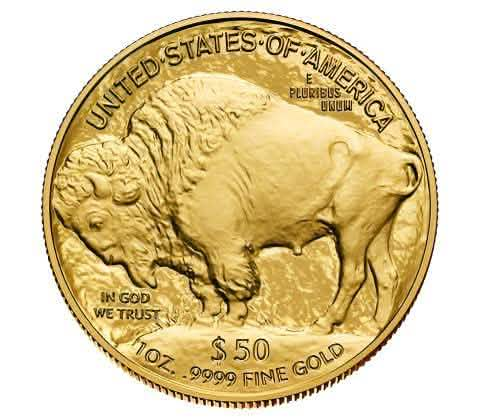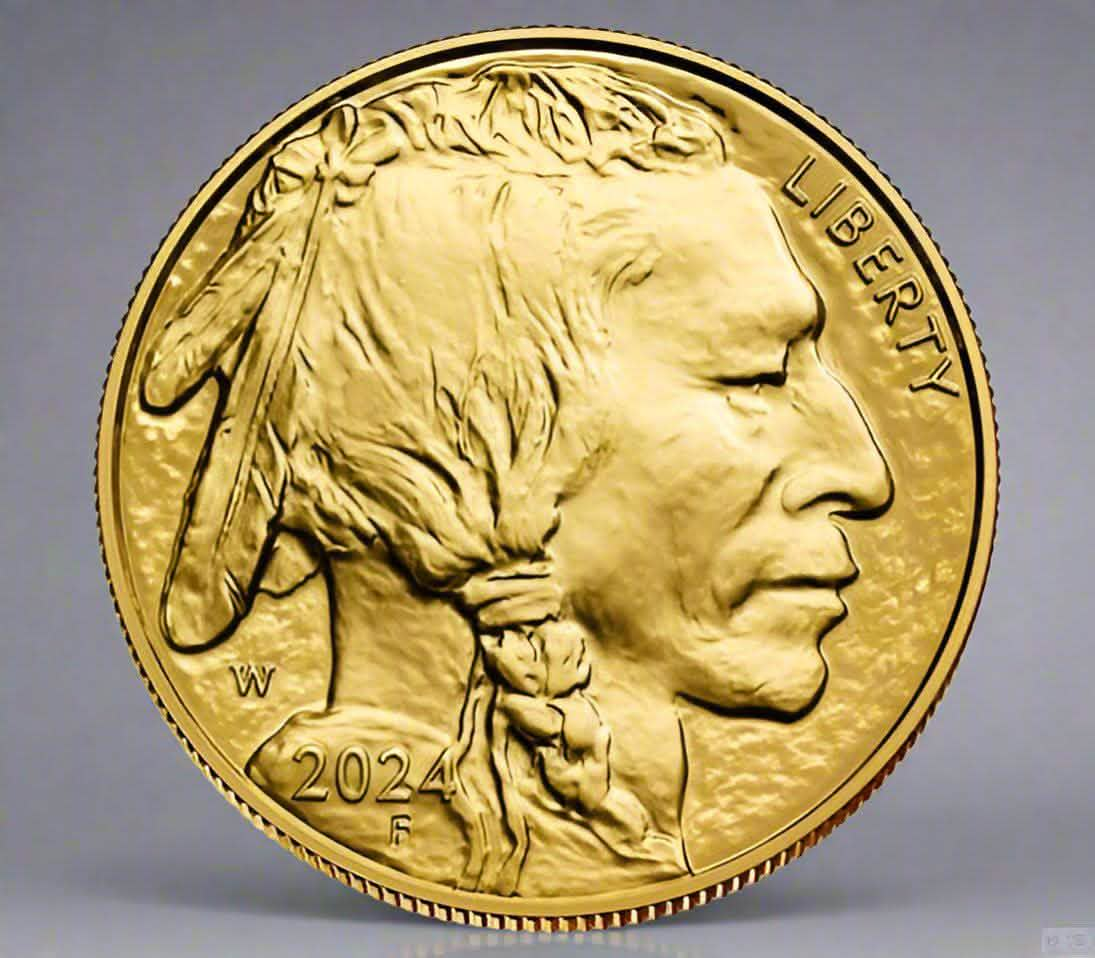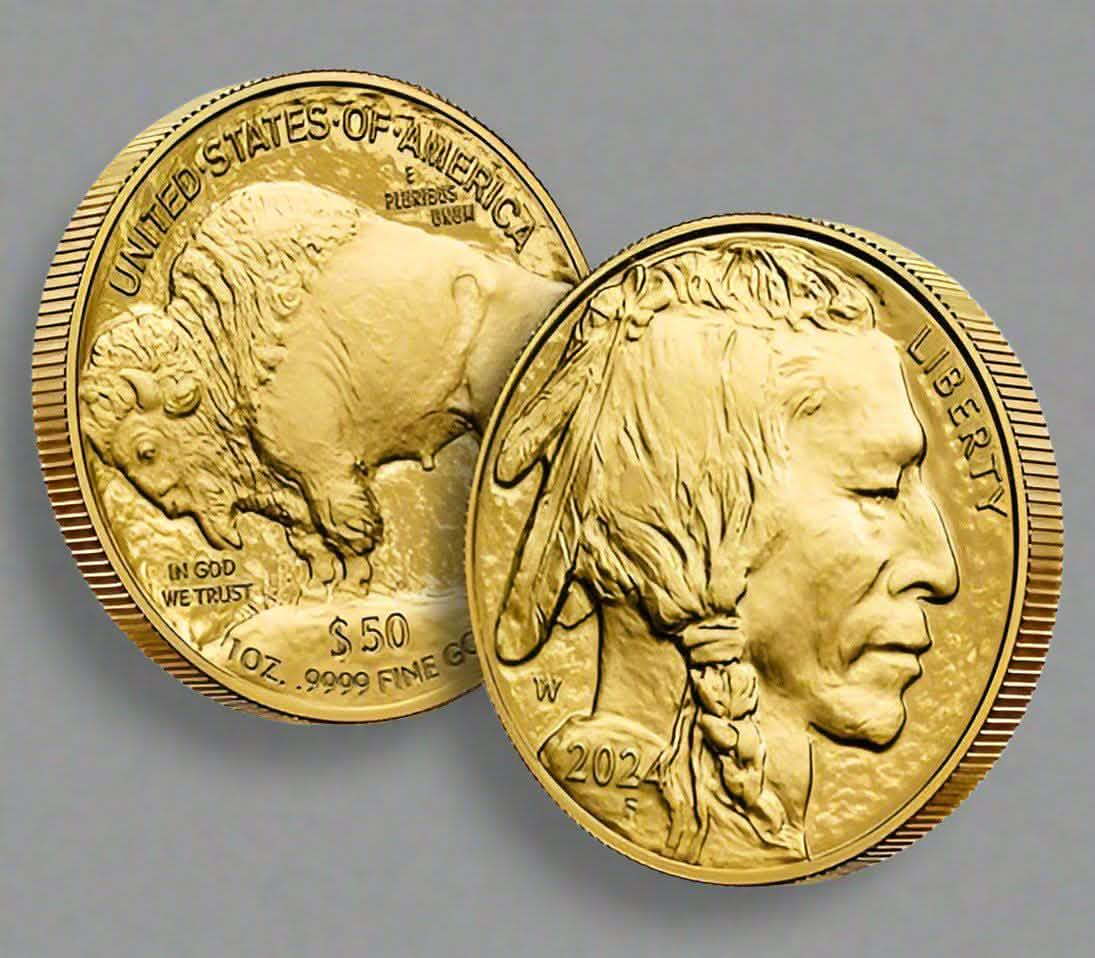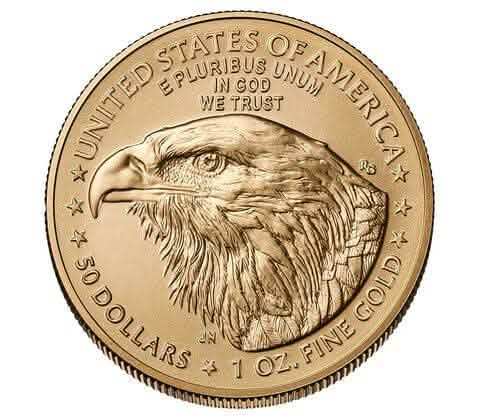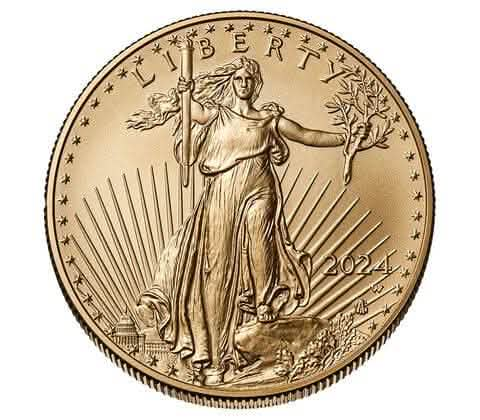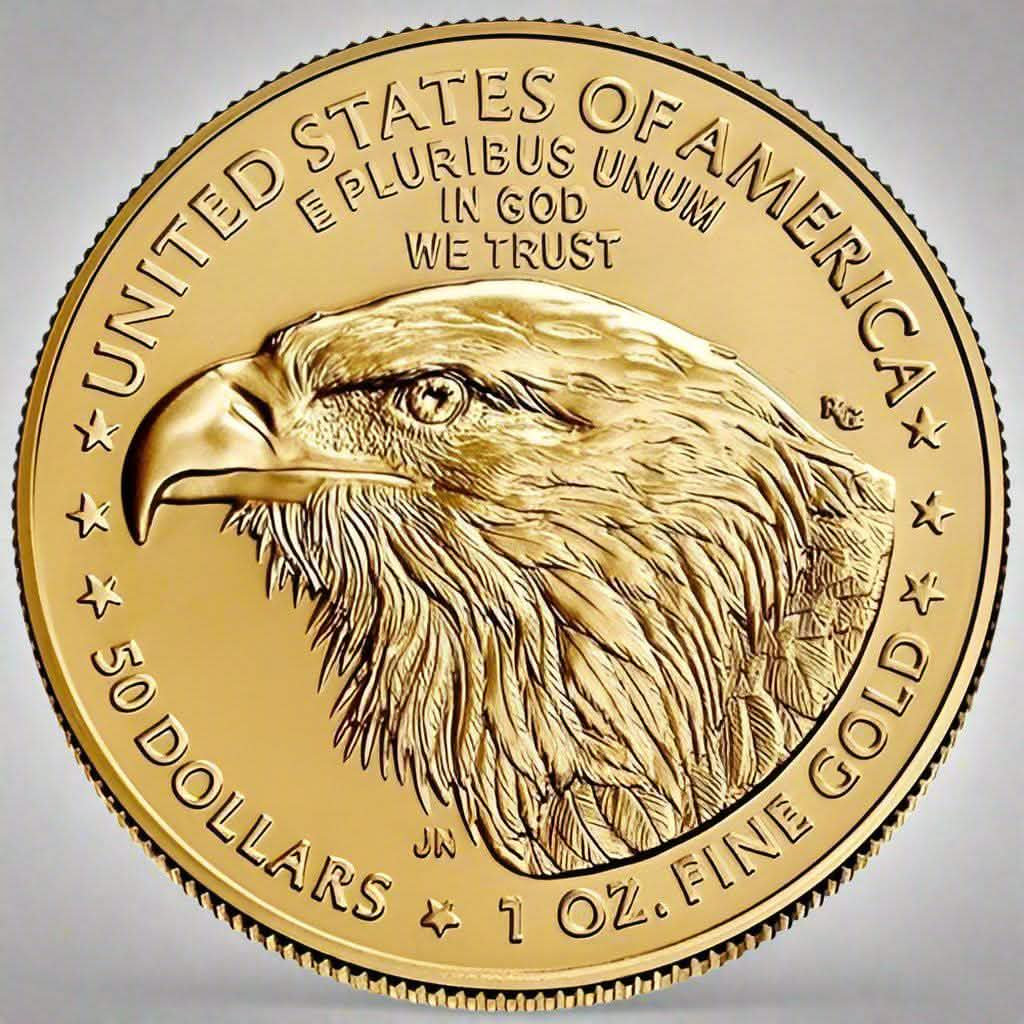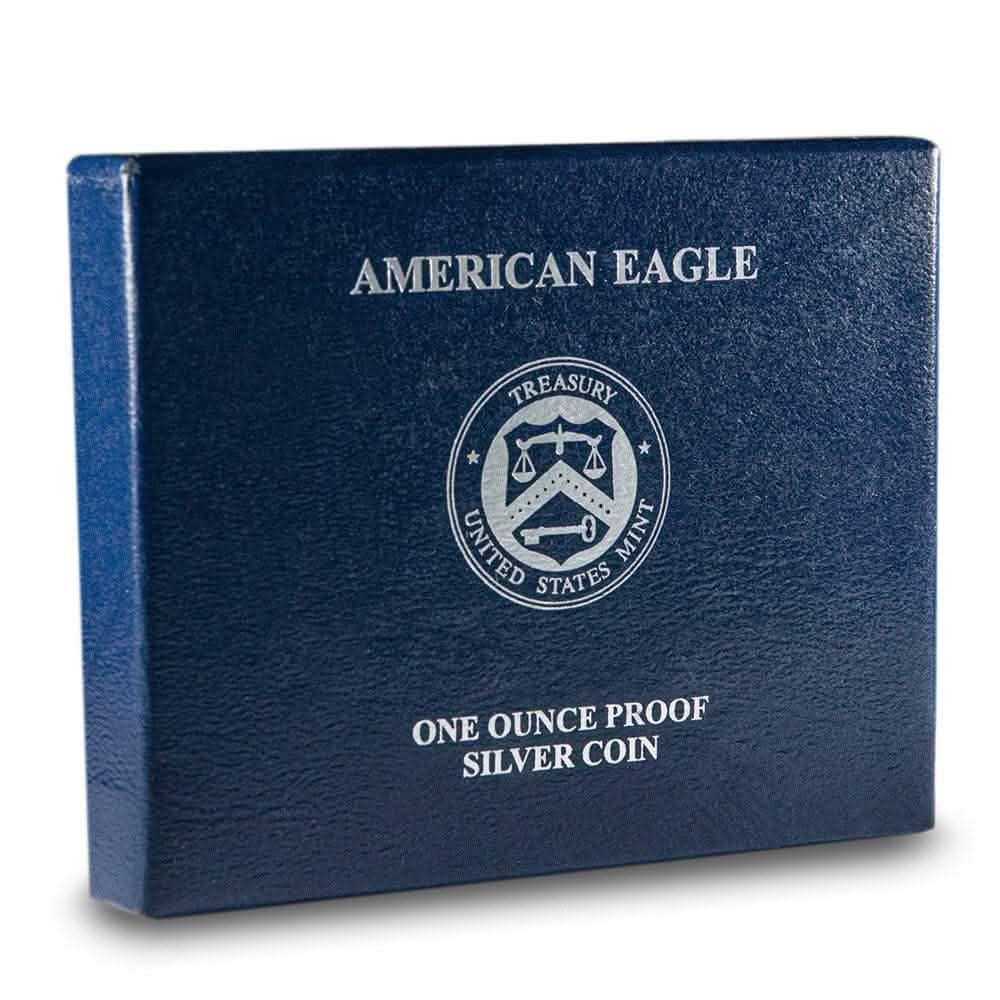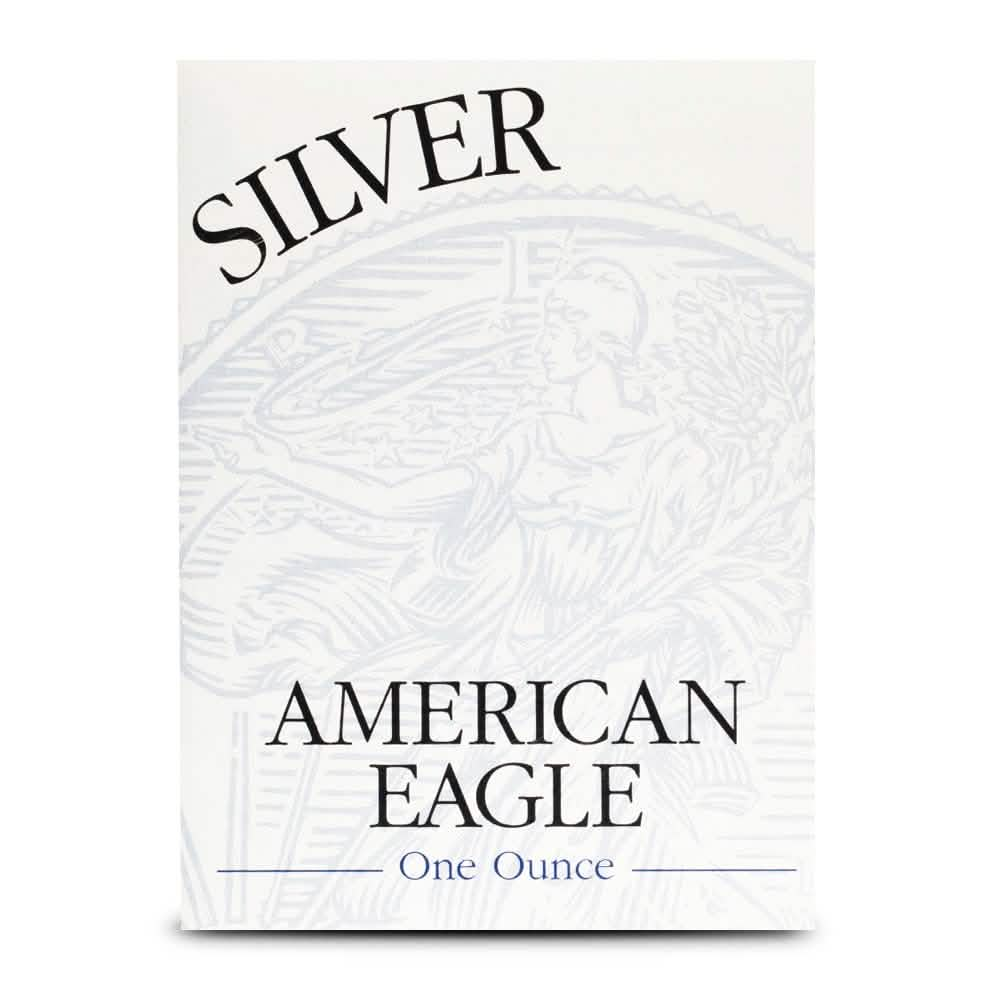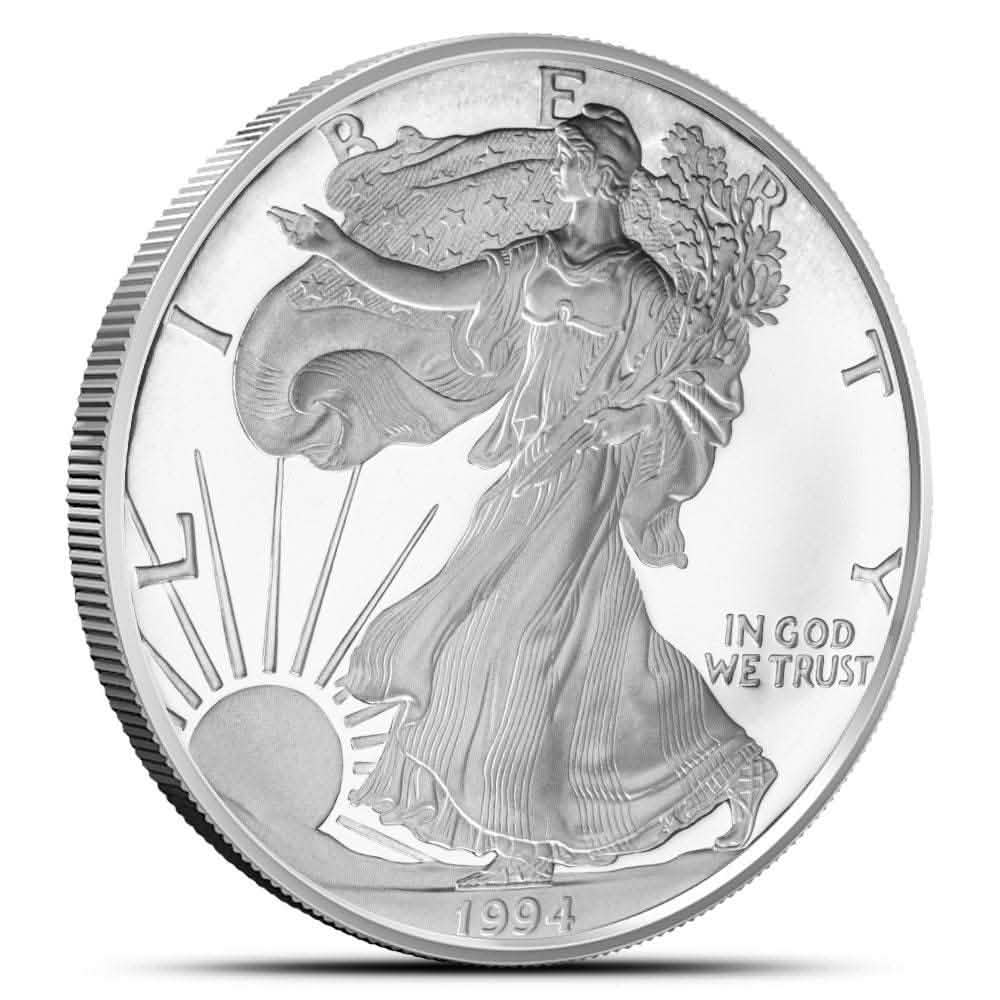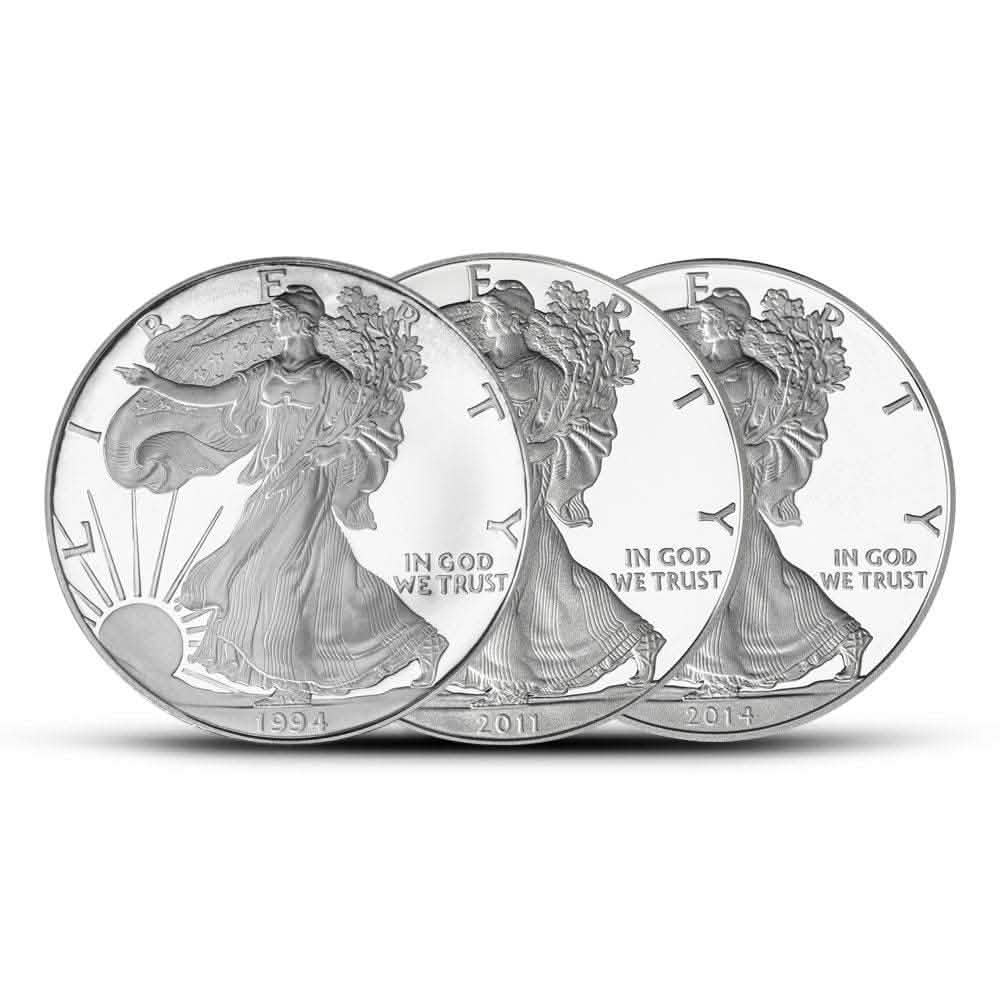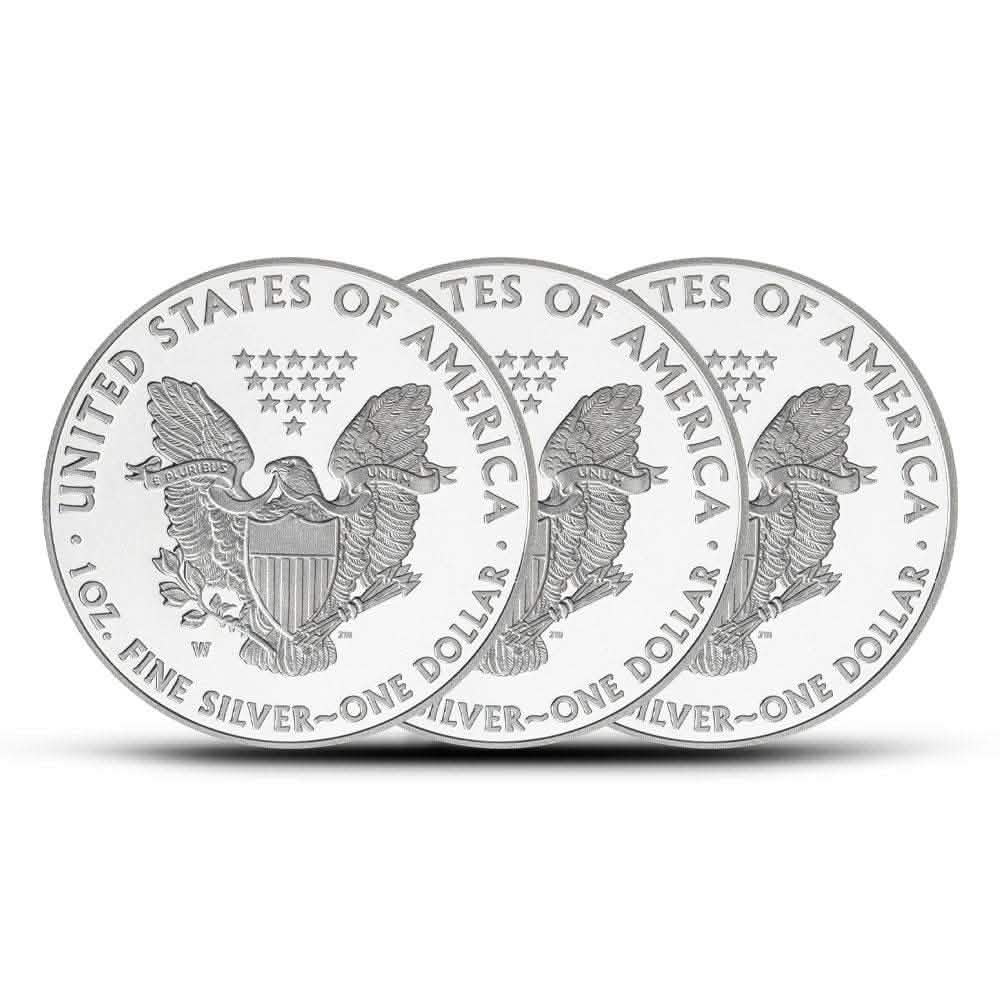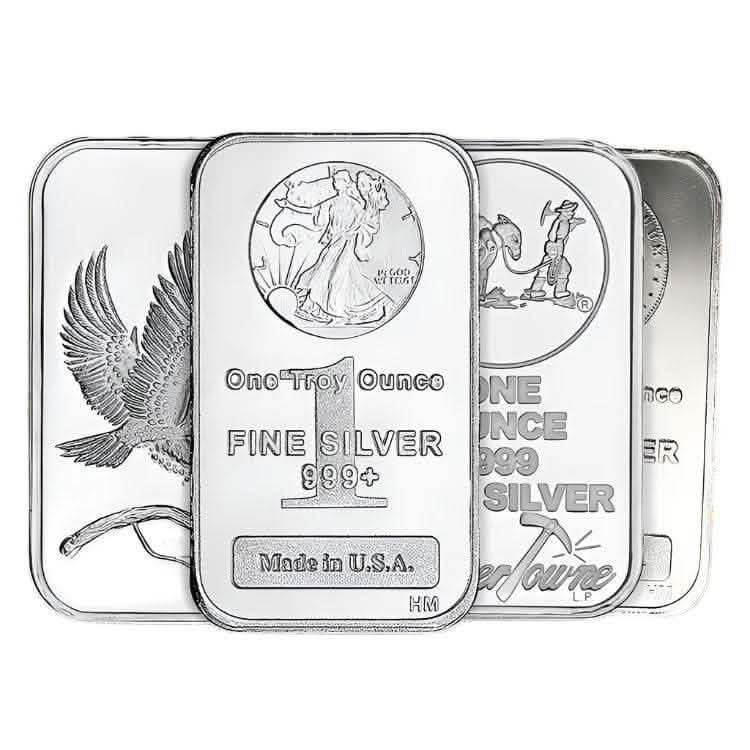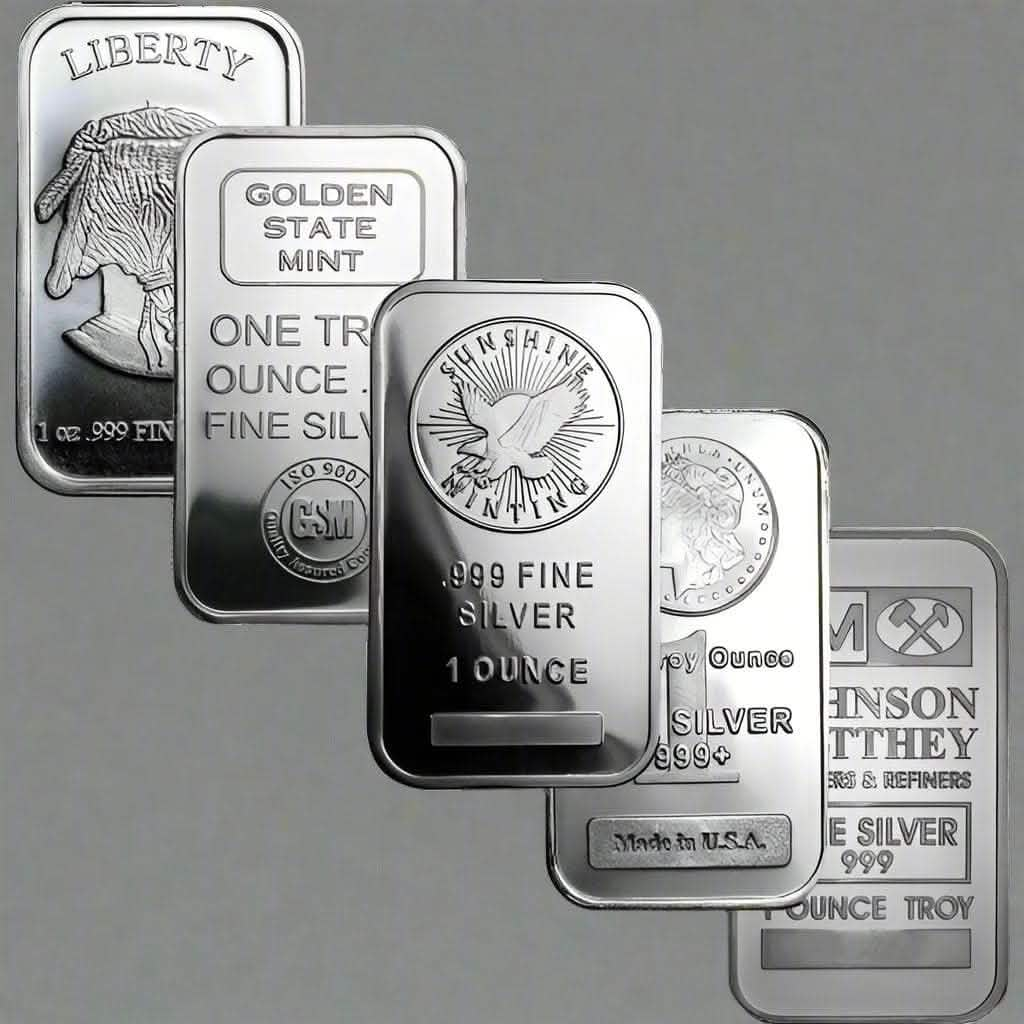Coins have long captured the imagination of collectors, investors, and history enthusiasts alike. Their stories are minted in metal, reflecting the cultures, rulers, and economies that gave birth to them. Among these treasures, gold coins hold a special allure. But what exactly is the most expensive gold coin ever sold? This question piques the curiosity of numismatists, history buffs, and investors, and this post aims to reveal the story behind this golden marvel.
Why Gold Coins are More Than Just Money
Gold coins are not just currency; they are artifacts that connect us to the past. They offer a glimpse into the artistry and craftsmanship of different eras. At the same time, their intrinsic value as precious metals makes them a haven for investors. In numismatics, gold coins are often the crown jewels of collections, fetching astronomical prices at auctions.
Collectors and investors are drawn to gold coins for their rarity and historical significance. Unlike modern coins, many historical gold coins were minted in limited numbers, making them rare. For history buffs, they are tangible connections to events and personalities that shaped the world. For investors, they offer a hedge against economic uncertainty.
Understanding why gold coins command such high prices requires an appreciation of their dual nature as collectible items and value storehouses. This unique combination has ensured that they remain highly sought after by people from all walks of life.
A History of Gold Coinage
The history of gold coinage dates back thousands of years. The first gold coins were minted in Lydia (modern-day Turkey) around 600 BCE. These coins were made of electrum, a naturally occurring alloy of gold and silver. They featured simple designs but marked the beginning of gold's use as currency. Over time, various civilizations, including the Greeks, Romans, and Byzantines, adopted gold coins.
Each civilization innovated coinage. Greek coins, for example, displayed intricate designs and portraits of gods and heroes. Roman coins chronicled the empire's rulers and achievements. Byzantine coins introduced Christian iconography. These coins facilitated trade and served as propaganda tools, spreading messages of power and prestige.
The use of gold coins continued into the medieval and modern eras. European monarchs issued gold coins to assert their authority and bolster their treasuries. In the New World, Spanish doubloons and pieces of eight became legendary symbols of wealth. Gold coins remain integral to global commerce, investment, and collecting.
The Most Famous Gold Coins in History
While many gold coins have gained fame over the centuries, a few stand out for their historical significance and beauty. Minted in the United States, the Double Eagle is one such icon. Introduced in 1849, this $20 gold piece became synonymous with American prosperity. It symbolized freedom and strength, featuring Liberty on one side and a majestic eagle on the other.
Another famous coin is the British Sovereign, first issued in 1489 under King Henry VII. Its depiction of Saint George slaying the dragon has become an emblem of British heritage. The Sovereign has been minted in various forms over the centuries, reflecting design and royal leadership changes.
The Krugerrand, introduced by South Africa in 1967, is renowned for its role in promoting gold investment. It was the first gold coin marketed for private ownership, sparking a global trend. The Krugerrand's success led other countries to issue their bullion coins, such as Canada's Maple Leaf and China's Panda.
The Journey of the 1933 Double Eagle
The 1933 Double Eagle holds a special place among all the gold coins. Its story is one of intrigue, legal battles, and immense value. Minted during the Great Depression, this $20 gold coin was never officially released into circulation. President Franklin D. Roosevelt's decision to abandon the gold standard meant these coins were destined for melting.
However, a few managed to escape destruction, sparking a decades-long saga. One coin found its way into the hands of King Farouk of Egypt, while others remained hidden. The U.S. government relentlessly pursued these coins, asserting they were stolen property. Yet, the allure of the 1933 Double Eagle only grew.
In a landmark event, one 1933 Double Eagle was legally sold at auction in 2002. The sale marked the end of a protracted legal battle and the beginning of a new chapter for this elusive coin. Its eventual price would set a record that still stands today, cementing its status as the most expensive gold coin in history.
The Auction That Made History
On July 30, 2002, the 1933 Double Eagle went under the hammer at Sotheby's in New York. The auction attracted global attention, drawing collectors, investors, and onlookers eager to witness history. The bidding was fierce, with participants vying for a piece of numismatic legend.
The atmosphere in the auction room was electric as bids soared beyond initial estimates. When the hammer finally fell, the 1933 Double Eagle had fetched an astonishing $7.59 million. This record-setting price eclipsed previous sales, making it the most expensive gold coin ever sold. The buyer, an anonymous private collector, secured a piece of history.
The sale was a testament to the coin's mystique and desirability. It highlighted the enduring appeal of numismatics and the extraordinary lengths people will go to acquire rare treasures. For the 1933 Double Eagle, the auction was a moment of triumph, securing its place in history.
Why the 1933 Double Eagle is Priceless
The 1933 Double Eagle's astronomical price can be attributed to several factors. Its rarity is paramount, with only a handful known to exist. The coin's elusive nature and historical significance make it a coveted prize among collectors. Each coin is a relic of a bygone era, representing the end of gold coinage in the United States.
The coin's backstory adds to its allure. The legal battles, international intrigue, and eventual auction have imbued the 1933 Double Eagle with mystery and drama. Its story captivates the imagination, drawing people into the world of numismatics.
Finally, the coin's artistry cannot be overlooked. The Double Eagle is a masterpiece of American coinage designed by sculptor Augustus Saint-Gaudens. Its intricate details and iconic imagery reflect high craftsmanship, making it a work of art and a financial treasure.
What Makes a Gold Coin Valuable?
Several factors influence gold coin values, including rarity, condition, and historical significance. Rarity is crucial, as coins minted in limited numbers are more desirable. The fewer coins available, the higher the demand and price.
A coin's condition, or grade, also affects its value—well-preserved coins with minimal wear command higher prices. Numismatic grading services assess coins from poor to perfect, providing a benchmark for buyers and sellers.
Historical significance adds another layer of value. Coins associated with notable historical events, figures, or periods are highly prized. They offer a tangible connection to the past, enhancing their appeal to collectors and historians alike.
Investing in Gold Coins
Investing in gold coins offers both opportunities and challenges. The market can be lucrative, with certain coins appreciating significantly over time. However, it requires knowledge, research, and patience to succeed.
Prospective investors should consider factors such as rarity, demand, and market trends. Diversification is critical, as spreading investments across different coins can mitigate risks. Engaging with reputable dealers and seeking professional advice can also aid decision-making.
While gold coins can enhance a portfolio, they are not without risks. Potential pitfalls include market fluctuations, counterfeit coins, and storage issues. Prospective investors should weigh these considerations carefully before entering the market.
The Future of Gold Coins
The future of gold coins remains bright, driven by enduring interest from collectors, investors, and historians. Technological advancements, such as blockchain and digital minting, may influence the market, offering new possibilities for authentication and ownership.
Environmental and ethical considerations are also gaining prominence. Sustainable mining practices and fair trade initiatives shape how gold is sourced and sold. These developments may impact the market, influencing consumer preferences and values.
Despite these changes, gold coins' fundamental appeal endures. Their beauty, history, and value continue to captivate audiences worldwide, ensuring their place in numismatics and investment for future generations.
Conclusion
The story of the most expensive gold coin, the 1933 Double Eagle, is a testament to the allure of numismatics. Its record-breaking sale highlights the unique combination of rarity, history, and artistry that makes certain coins highly prized. For numismatists, history buffs, and investors, gold coins offer a wealth of opportunities, connecting them to the past and future of our shared heritage.
Resources and communities abound for those eager to explore the world of gold coins. From online forums to local clubs, there are numerous ways to engage with fellow enthusiasts and deepen one's understanding of this fascinating field. Whether you are a seasoned collector or a newcomer, the world of gold coins is waiting to be discovered.
